Car safety has evolved dramatically since the days when seatbelts were as optional as those fuzzy dice hanging from the rearview mirror. Today, we’re on the verge of cars that can practically drive themselves. Buckle up and let’s take a ride through the fascinating history of car safety.
1. The Humble Seatbelt: The Original Safety Superstar
Ah, the seatbelt. Back then, some drivers thought they could handle anything without one. “I’ve got this,” they’d confidently declare, ignoring the laws of physics. But in 1959, Volvo introduced the three-point seatbelt, and it’s been saving lives ever since. Suddenly, seatbelts weren’t just for the overly cautious—everyone started to catch on.
Now, if you don’t wear one, you don’t just risk a fine—you also get a relentless reminder from your car’s beeping alarm (which feels more judgmental with each beep). But let’s be honest, it’s a lot better than flying through the windshield.
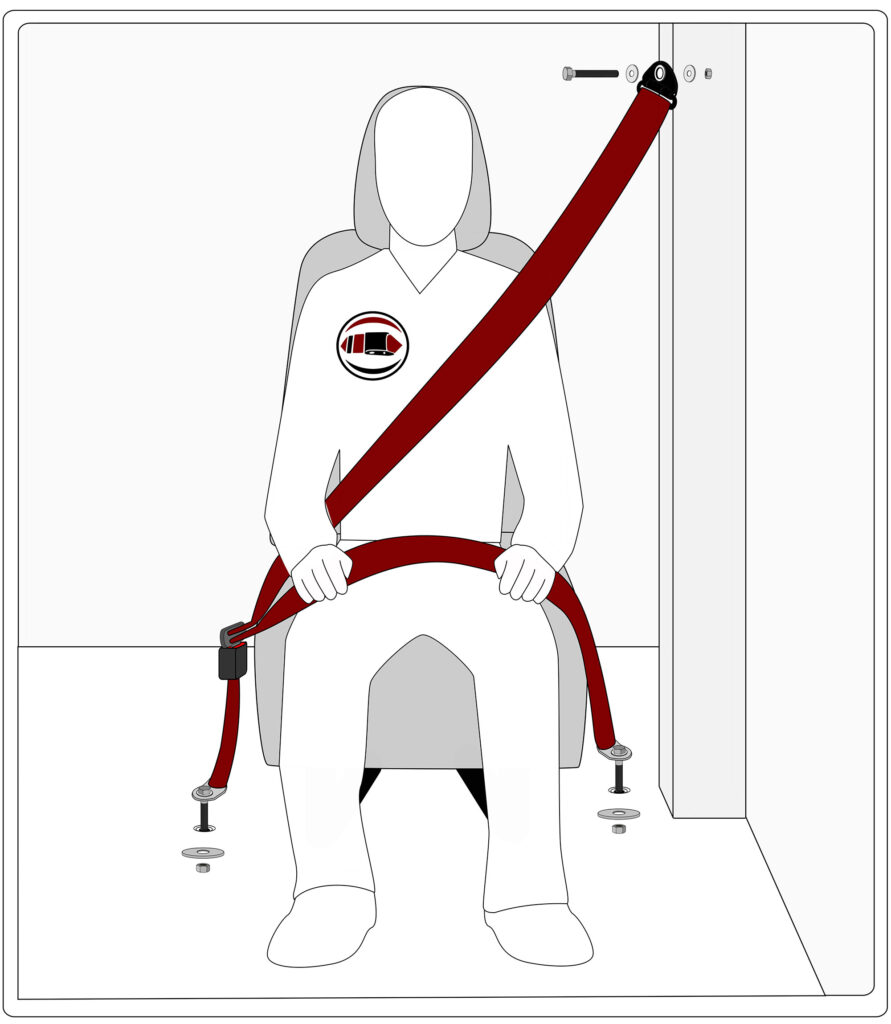
2. Airbags: Popping Up Just When You Need Them
By the ’80s, airbags had entered the scene as the next big thing in automotive safety. These life-saving inflatables began appearing in cars, and before long, they were everywhere. Think of them as your vehicle’s emergency pillow, ready to soften the blow in a collision. Today, cars often have so many airbags that it’s like driving inside a balloon.
If you’ve ever had the “pleasure” of an airbag going off, you know it feels less like a soft pillow and more like getting slapped by a marshmallow cloud. A life-saving cloud, but still.
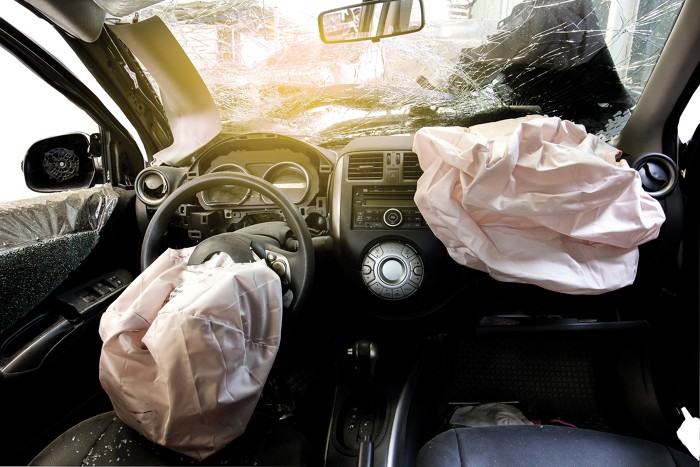
3. Anti-lock Braking System (ABS): Because Skidding Isn’t Fun
Before ABS became common, slamming the brakes could feel like a coin toss—your wheels might stop, or they might lock up and turn your car into a sled. Enter ABS, which prevents the wheels from locking up so you can maintain steering control while braking. No more white-knuckling the steering wheel and hoping for the best.
The first time you feel ABS kick in, that rapid pulsing under your foot is a bit jarring. But it’s like the car’s saying, “Don’t worry, I’ve got this.”
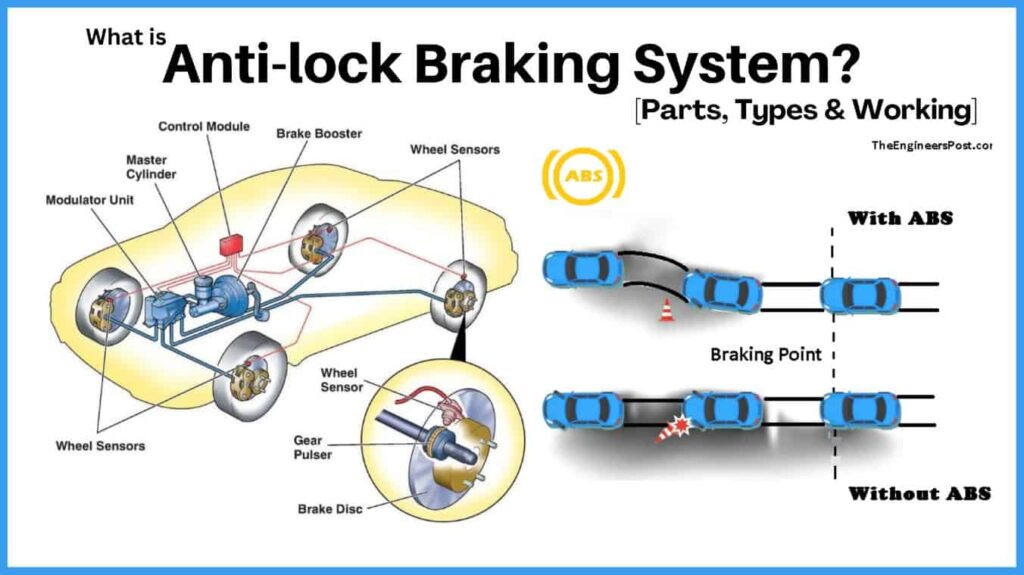
4. Traction Control and Stability Control: No More Dancing with Danger
Car manufacturers didn’t stop with ABS. They added even more tech with traction and stability control systems, designed to keep your car from sliding out on slippery roads or during sharp turns. If your wheels start to spin or your car starts to fishtail, these systems step in to save the day. It’s like having a racecar driver with nerves of steel as your co-pilot—except they don’t talk your ear off.
Hit a patch of ice? Traction control steps in. Take a corner too fast? Stability control keeps your car from spinning out like a ballerina on caffeine. It’s like safety, with a touch of swagger.
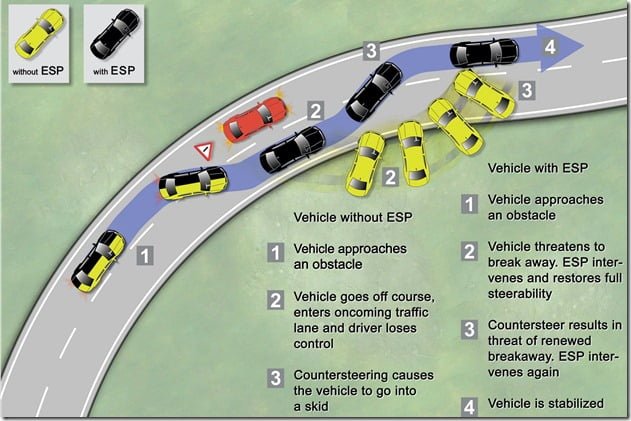
5. Advanced Driver Assistance Systems (ADAS): The Co-Pilot You Didn’t Know You Needed
Fast-forward to the 21st century, and now we’ve got ADAS, or Advanced Driver Assistance Systems. Lane departure warnings, adaptive cruise control, blind-spot monitoring—these are all designed to stop accidents before they happen. ADAS is like having an overly cautious friend in the passenger seat, except this one’s actually helpful and doesn’t keep questioning your life choices.
With radar, cameras, and sensors, modern cars have a 360-degree awareness that borders on superhero status. You can drive with a little more peace of mind, knowing your car is always watching out for you—even when you’re not.

6. Autonomous Driving: The Future Is Here (Almost)
The holy grail of car safety is autonomous driving. We’re not quite there yet, but cars today can park themselves, navigate traffic, and even hit the brakes for pedestrians. Tesla, Waymo, and others are racing toward a future where cars drive for us. You won’t need to stress over that parallel parking spot—you can just relax and let your car do the work.
We’re not at the point where you can take a nap behind the wheel (please don’t), but the future of car safety will likely mean cars that are far better at avoiding accidents than we are.
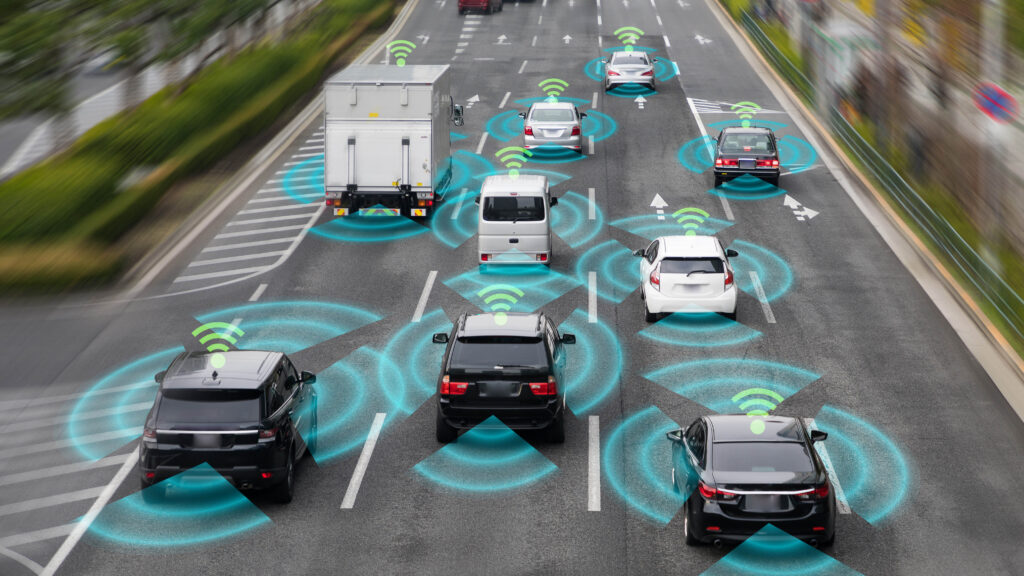
Conclusion: Safety First, Fun Second (But Still Fun)
Car safety has transformed from “Hold on and hope for the best” to “Relax, I’ve got you.” From the simple seatbelt to the cutting-edge world of autonomous driving, the evolution of car safety is all about keeping us safe while making driving more enjoyable.
So next time you climb into the driver’s seat, remember—you’re piloting a machine that’s not just built for speed or comfort but one that’s increasingly designed to keep you alive and well. Now, if only it could help you pick a good radio station.
Also read: ADAS and its different levels explained
FAQs
1. When were seatbelts first introduced in cars?
Seatbelts were first introduced by Volvo in 1959 with their revolutionary three-point design.
2. How many airbags do modern cars typically have?
Most modern cars come equipped with six to ten airbags, covering everything from front to side impacts.
3. What is ADAS in cars?
ADAS stands for Advanced Driver Assistance Systems, which include features like lane-keeping, adaptive cruise control, and blind-spot monitoring.
4. Can autonomous cars drive without human intervention?
Not yet. While autonomous cars can handle many tasks, full self-driving technology is still developing.
5. Do all cars have ABS?
Yes, since the early 2000s, ABS has been a standard feature in most vehicles worldwide.

